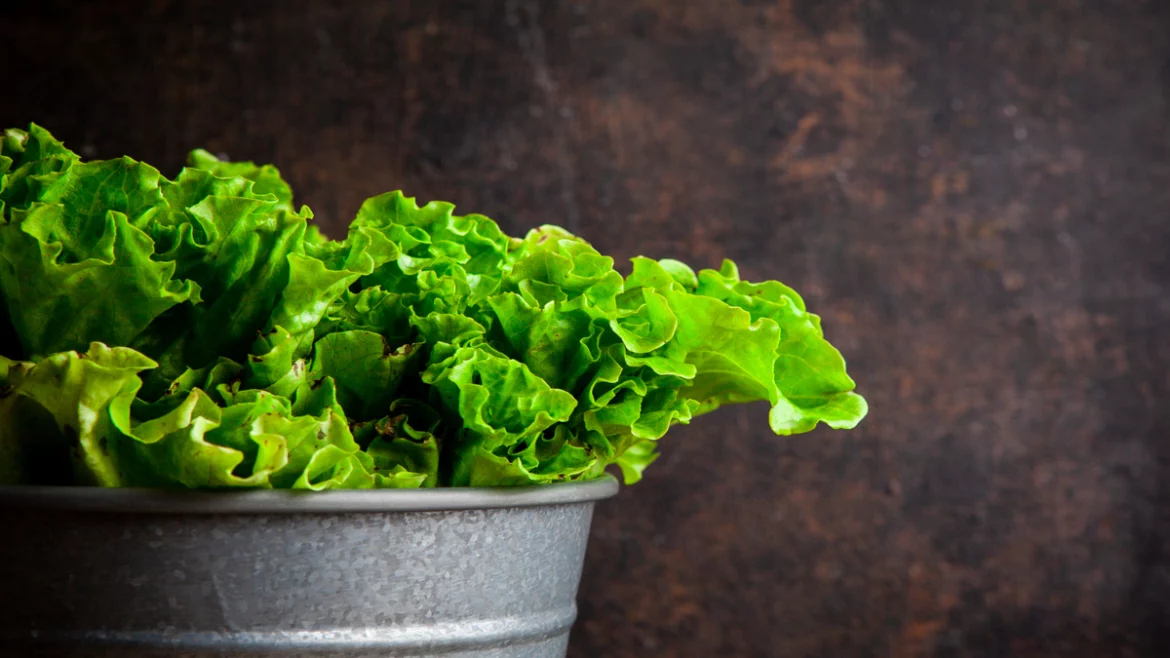Romaine lettuce, a staple in salads and sandwiches, is more than just a crunchy addition to your meals. This leafy green vegetable, scientifically known as Lactuca sativa L. var. longifolia, is packed with essential nutrients and health benefits that make it a valuable part of a balanced diet. In this article, we’ll delve into the nutritional profile of romaine lettuce, its health benefits, and how to incorporate it into your daily meals.
Nutritional Profile of Romaine Lettuce
Romaine lettuce is low in calories but high in vitamins and minerals. Here’s a breakdown of its essential nutrients per 100 grams:
- Calories: 17 kcal
- Protein: 1.2 g
- Fiber: 2.1 g
- Vitamin A: 436% of the Daily Value (DV)
- Vitamin K: 60% of the DV
- Vitamin C: 22% of the DV
- Folate: 34% of the DV
- Calcium: 3% of the DV
- Iron: 5% of the DV
Health Benefits of Romaine Lettuce
1. Promotes Eye Health: The high levels of vitamin A in romaine lettuce and beta-carotene are crucial for maintaining healthy vision and preventing age-related eye diseases. You are to get the best romaine lettuce nutrition.
2. Supports Bone Health: Vitamin K, abundant in romaine lettuce, plays a crucial role in bone metabolism and helps prevent osteoporosis by improving calcium absorption.
3. Boosts Immune Function: The vitamin C content in romaine lettuce contributes to a robust immune system by stimulating the production of white blood cells and acting as an antioxidant.
4. Aids in Heart Health: The folate in romaine lettuce helps reduce homocysteine levels, an amino acid linked to an increased risk of heart disease.
5. Promotes Digestive Health: The fiber content in romaine lettuce aids digestion, prevents constipation, and may lower the risk of colorectal cancer.
Romaine Lettuce in Your Diet
Incorporating romaine lettuce into your diet is easy, given its versatility. Here are some ideas:
- Salads: Use romaine lettuce as the base for a nutritious salad. Combine it with other vegetables, fruits, nuts, and a healthy dressing for a balanced meal.
- Wraps: Use whole romaine leaves as a low-carb alternative to tortillas for wraps and tacos.
- Grilled: Lightly brush romaine lettuce halves with olive oil and grill for a smoky, charred flavor.
- Smoothies: Add romaine lettuce to your smoothies for a nutrient boost without altering the taste significantly.
Storing and Preparing Romaine Lettuce
To maximize the shelf life and nutritional value of romaine lettuce:
- Storage: Store unwashed romaine lettuce in the crisper drawer of your refrigerator, wrapped in a damp paper towel, and placed in a plastic bag.
- Preparation: Wash the leaves thoroughly under running water to remove dirt and potential pesticides. Pat dry with a clean towel or use a salad spinner.
Conclusion
Romaine lettuce is a nutrient-dense vegetable that offers a range of health benefits, from promoting eye and bone health to supporting the immune system and aiding in digestion. Its versatility in the kitchen makes it easy to incorporate into various dishes, providing a tasty and nutritious addition to your diet. By understanding the nutritional profile and health benefits of romaine lettuce, you can make informed choices to enhance your overall well-being.


